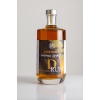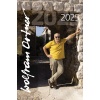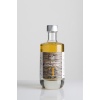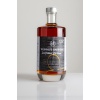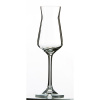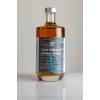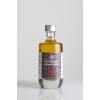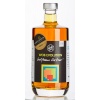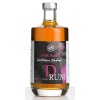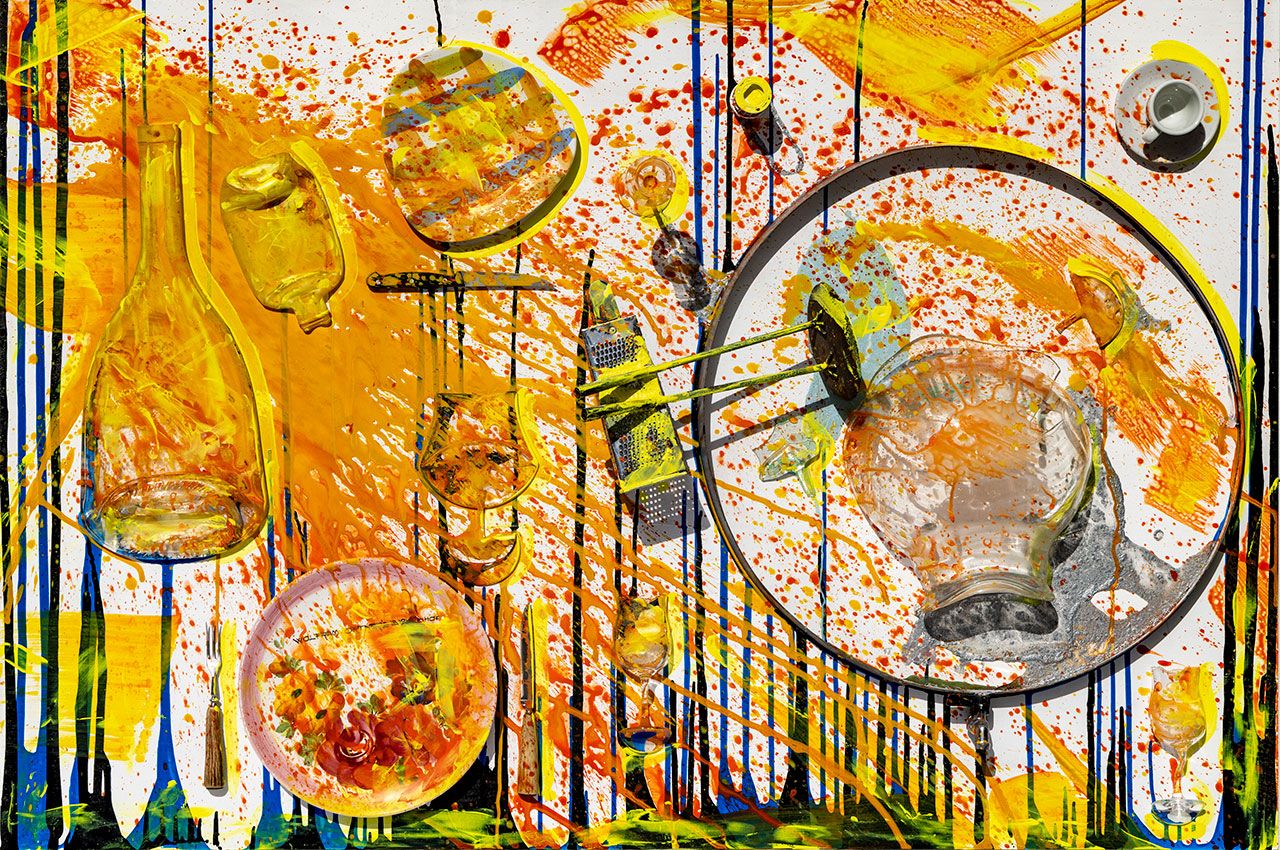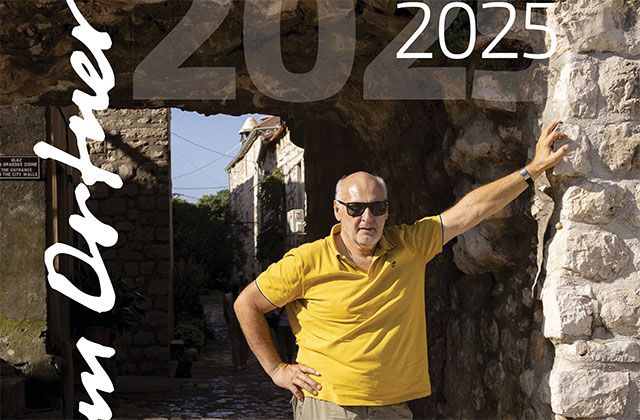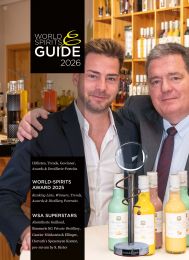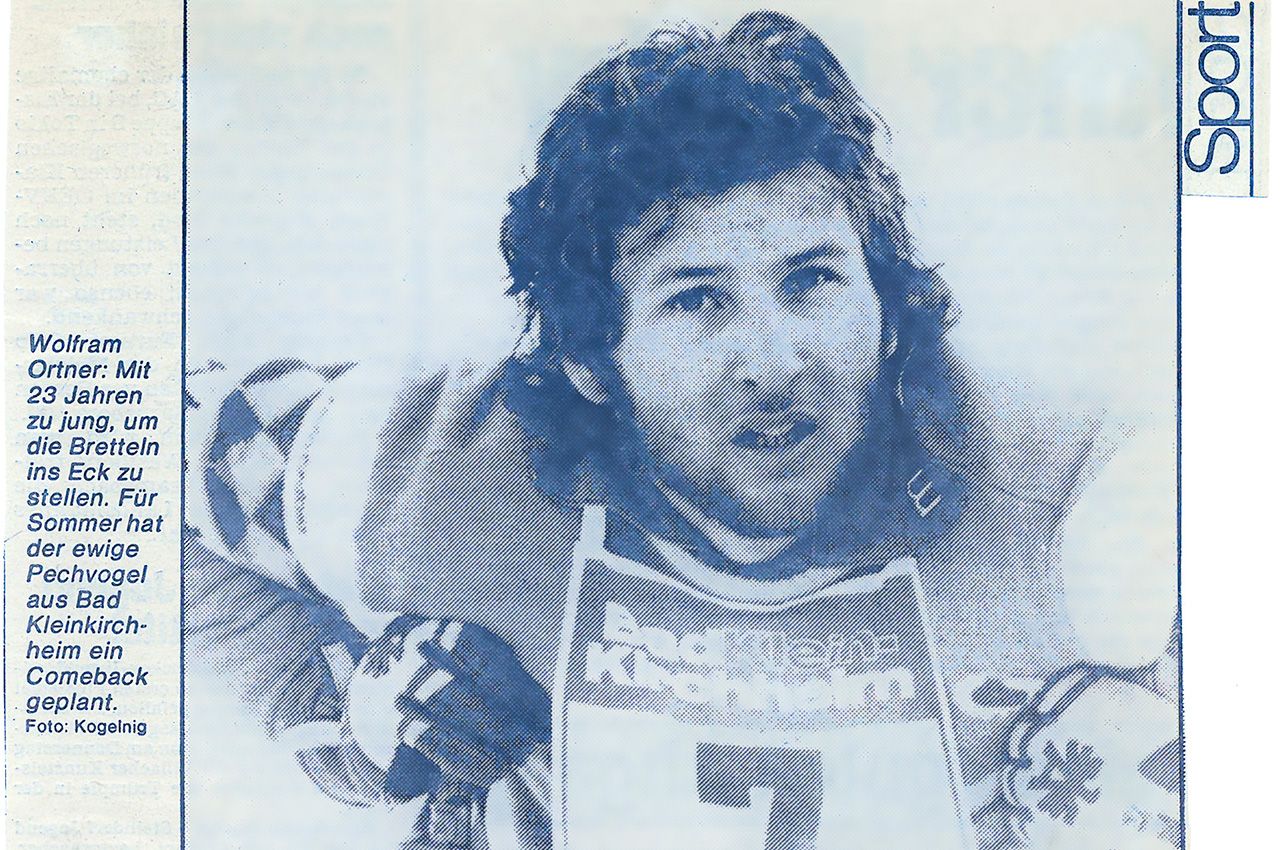
Table of Contents
- Overview: What WOB Art & Design by Wolfram Ortner Represents
- From Graphics to Paint: The Origins of a Visual Language
- Choosing Themes and Techniques: A Deliberate Process
- Cubism: Influence, Reference, and Reinvention
- Art in Service of Design: Labels, Objects, and Practical Art
- Installations, Books, and Cross-Disciplinary Practice
- On Enjoyment and the Business of Art
- Exhibition Philosophy: Availability by Appointment
- How to Visit and Experience the Work
- How WOB Art & Design by Wolfram Ortner Fits into Contemporary Practice
- Practical Notes for Collectors and Admirers
- Conclusion: The Value of an Intentional Practice
- Frequently Asked Questions
- Practical Contact Information
WOB Art & Design by Wolfram Ortner: Cubism, Craft, and the Authentic Voice of a Maker
Inside World-Spirits TV - English Channel presents a close look at the artistic side of a distillery founder and designer: Wolfram Ortner. This feature explores WOB Art & Design by Wolfram Ortner, tracing how a long career in graphics and design matured into a committed practice of painting, installation and applied art. The piece describes how cubist foundations meet label design, how themes and techniques are chosen in dialogue, and how personal philosophy shapes both the creative output and the way the work is shared with an audience.
Overview: What WOB Art & Design by Wolfram Ortner Represents
WOB Art & Design by Wolfram Ortner is more than a collection of paintings; it is a practice that bridges applied design and fine art. Ortner's journey began in graphics and design. Over many years he cultivated skills that later informed his approach to painting. In the early 2000s he began to paint seriously, intentionally choosing cubism as the starting point for a visual language that could be adapted and recombined over time. The result is a body of work that sits at the intersection of structured form and expressive intent, with pieces used both as standalone artworks and as graphic material for product labels and installations.
From Graphics to Paint: The Origins of a Visual Language
Ortner's entry into painting did not happen in isolation; it was an evolution from a decades-long involvement with graphics and design. The skills and sensibilities developed in commercial design — composition, working within constraints, and thinking about audience and function — have informed his painterly decisions. In the early 2000s he shifted focus toward canvas and pigment, choosing cubism as the initial stylistic anchor.
By starting with cubism, Ortner committed to a discipline that demands both structural rigor and an understanding of how to fragment and recompose visual data. Cubism provided a framework: planes, simplified forms, and a cadence of rhythm and repetition. It also offered a historical lineage — a dialogue with the practices of Braque and Picasso — that allowed Ortner to locate his work in a broader continuum while making his own marks and motifs.
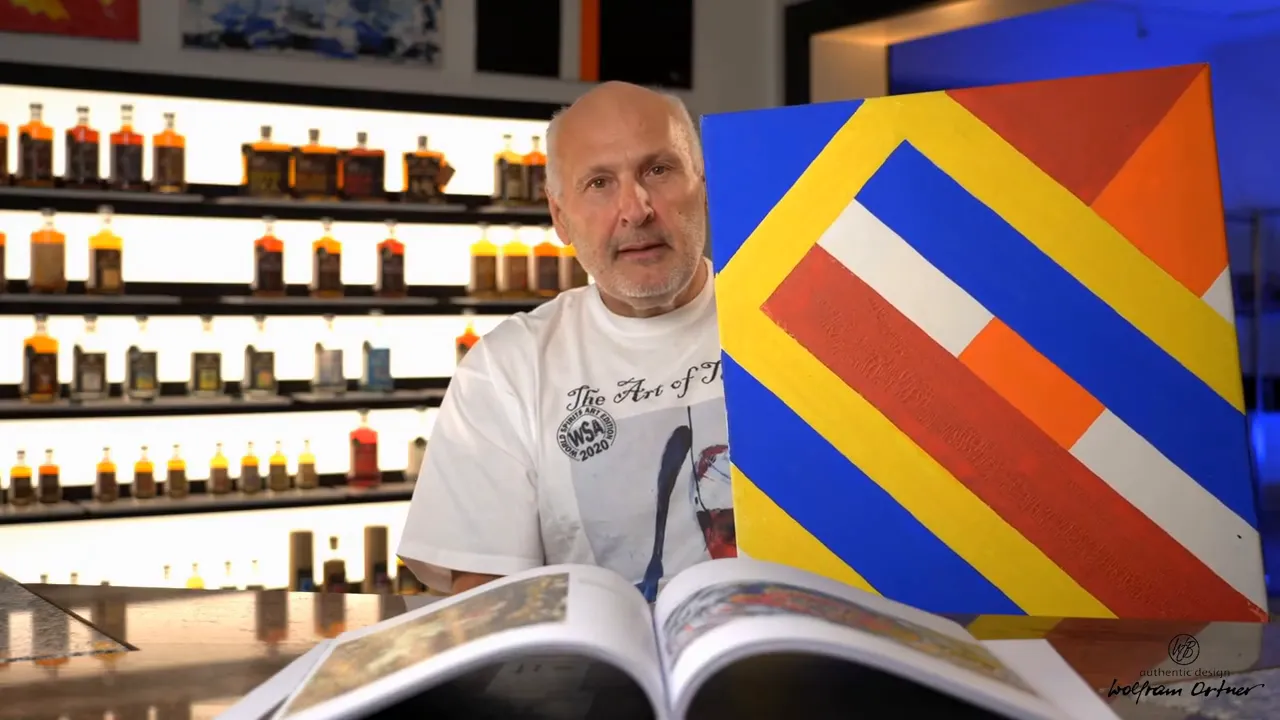
Choosing Themes and Techniques: A Deliberate Process
Ortner approaches each painting with a dual question: what is the theme, and which technique best serves that theme? This disciplined pairing ensures that a work's concept and its method are coherent; technique is not an afterthought, but an integral partner to meaning. He resists the notion of constant stylistic change for its own sake. Instead, he refines — exploring new motifs within an established technique or adapting a technique to suit a new thematic inquiry.
This methodical pairing fosters depth. A recurring motif might be revisited across years, observed under different light, scale, or material conditions. The result is a series of works that feel related not by surface repetition but by shared intention and sustained attention. For visitors and collectors, this approach creates a recognizable voice across diverse works: the viewer senses an artist thinking through problems over time rather than merely producing decorative objects.
Cubism: Influence, Reference, and Reinvention
Ortner’s work embraces cubism not as imitation but as inspiration. He acknowledges the movement’s founders such as Picasso and Braque, while making deliberate choices to make the language his own. Cubism’s geometry and facet-like decomposition of form offer a way to negotiate between the tangible and the conceptual. Ortner uses this vocabulary to build images that reference both modernist history and contemporary concerns.
One visible consequence of this lineage is the use of repeated shapes and planes — a structural logic that both organizes the composition and creates tension with color and texture. The paintings often unfold like small architectural problems: how to orient a plane, which edge to emphasize, how much to fragment an object before it becomes indecipherable. This balance between clarity and abstraction is central to Ortner’s approach.
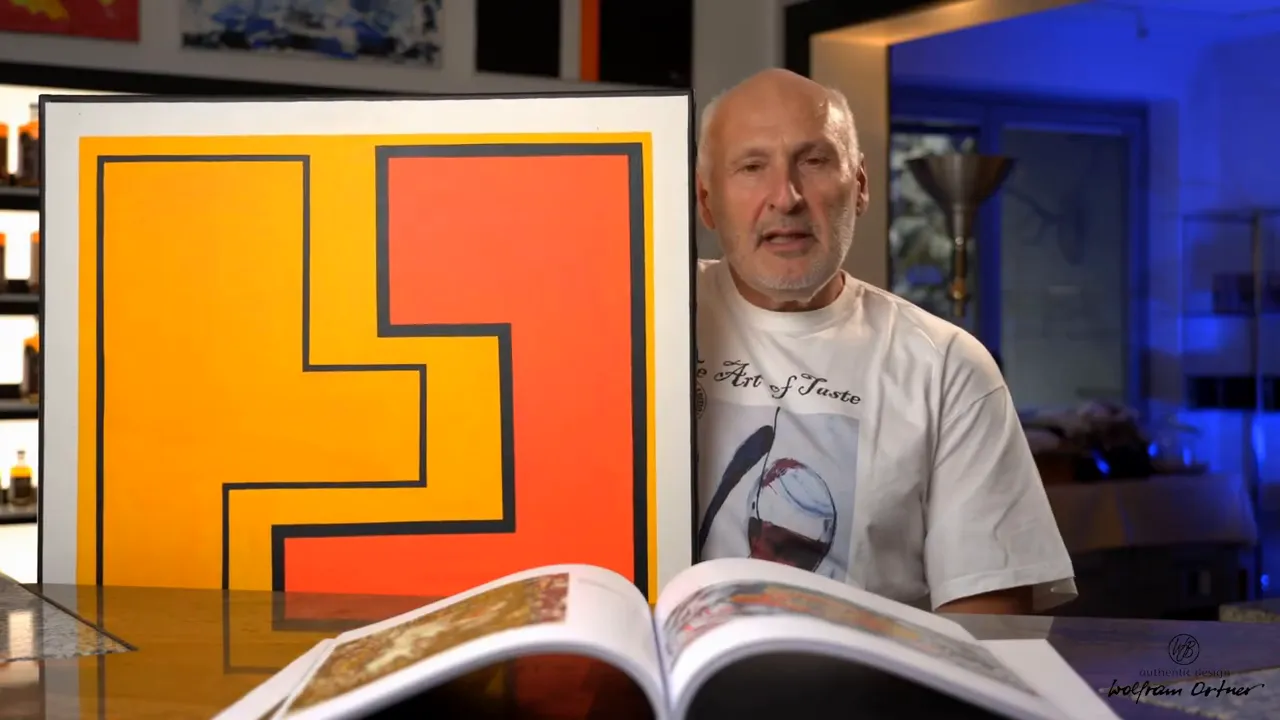
Art in Service of Design: Labels, Objects, and Practical Art
Another distinctive facet of WOB Art & Design by Wolfram Ortner is the application of artwork to functional design. Ortner does not see art and design as strictly separate realms. Instead, paintings and drawings become source material for labels and packaging — most famously, for labels used on bottles in the distillery context. This pragmatic use of art is a two-way street: design principles (clarity, reproducibility, brand communication) inform the artwork, while the artwork elevates the design with authenticity and narrative depth.
One concrete example mentioned by Ortner is a motif that appears familiar to viewers because it was used on a label. By translating original artwork into label design, Ortner creates objects that carry the sensibility of the studio into everyday use. This makes art part of a lived, social experience rather than a purely gallery-bound commodity.
Installations, Books, and Cross-Disciplinary Practice
Over the last two decades Ortner’s output has expanded beyond paintings to include installations, design projects, and a curated art book. The art book collects a cross-section of his work, documenting not only images but the conceptual threads that bind them. It serves both as a portfolio and as an entry point for people who want to understand the larger project behind individual works.
Installations allow Ortner to scale his ideas and to orchestrate space, light, and object relationships. These projects bridge the intimate scale of a canvas with the immersive potential of an environment, enabling viewers to encounter the work physically and spatially. The cross-disciplinary approach reinforces the idea that the practice is not about proving mastery in a single medium but about exploring how an idea travels across forms.
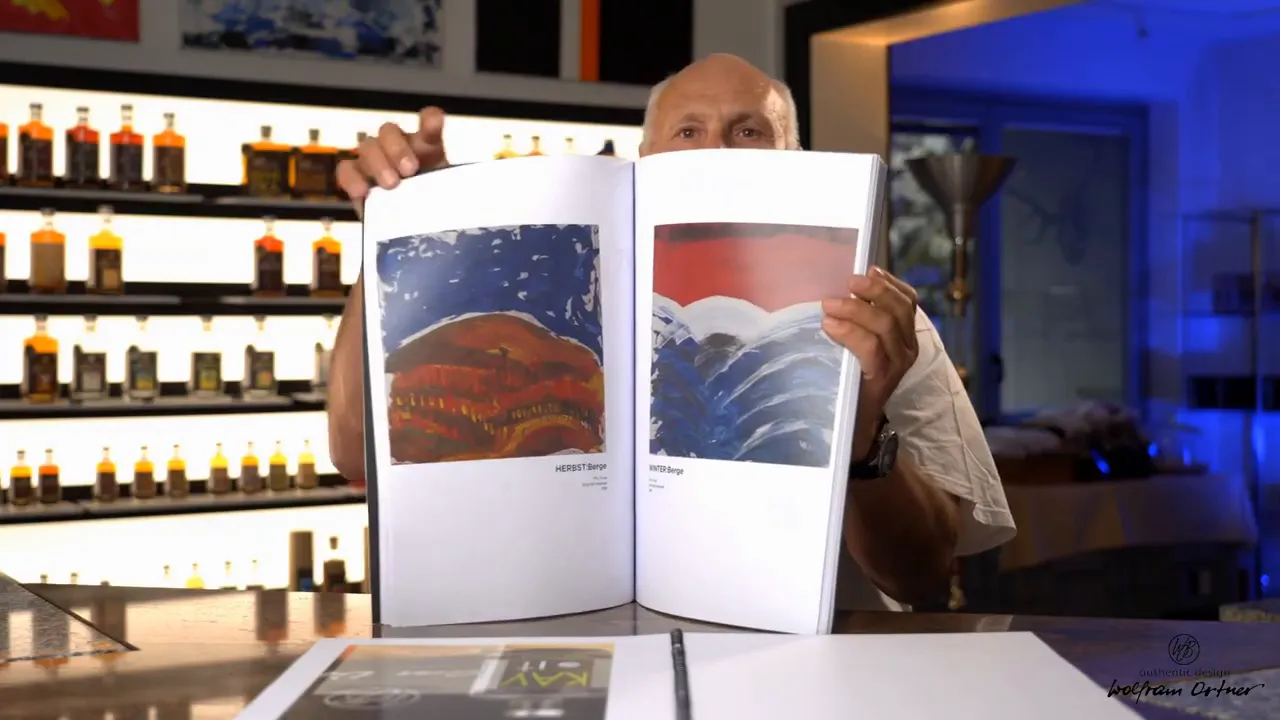
On Enjoyment and the Business of Art
Ortner speaks candidly about what he enjoys and where he draws the line. He finds immense pleasure in creation — in the act of making, the discovery that happens in the studio. That pleasure, however, is tempered by a pragmatic stance toward commerce. Selling art is a complex and sometimes uncomfortable part of the practice for him. He articulates a personal philosophy: a painting can only be sold once, and each painting is a unique and authentic piece of the artist.
This belief has consequences. For Ortner, the sale of a painting is not a routine transaction but a transfer of something intimate and singular. He avoids the spectacle of exhibitions and openings, preferring a quieter, appointment-based model for showing his work. This controlled accessibility helps preserve the work’s integrity, offering viewers a focused way to engage and, if desired, to acquire.
Exhibition Philosophy: Availability by Appointment
Rather than hosting regular public exhibitions, Ortner maintains a private viewing model. All paintings and installations can be viewed at the WAP shop in Bad Kleinkirchheim by appointment. This arrangement is intentional: it lets visitors experience the work in a calm, unhurried environment and allows the artist or a representative to contextualize pieces. It's also practical, since the artist prefers to negotiate sales thoughtfully rather than through the often impersonal marketplace of group shows and open events.
For those who cannot visit in person, the art book and a PDF version provide an accessible alternative. The book documents the evolution of themes and techniques over two decades, giving readers an overview of the project and visual evidence of how motifs recur, shift, and accumulate meaning over time.
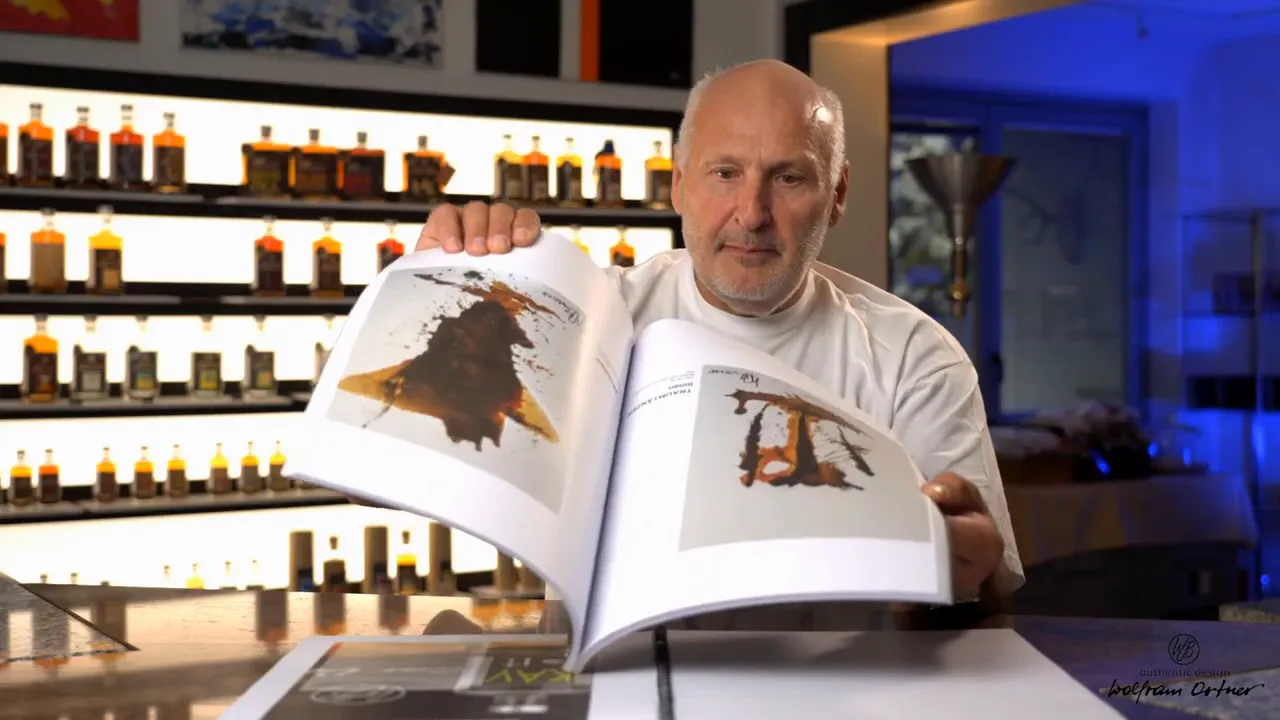
How to Visit and Experience the Work
Visitors interested in WOB Art & Design by Wolfram Ortner are encouraged to schedule an appointment at the WAP shop in Bad Kleinkirchheim. The appointment model ensures dedicated time to view the paintings and installations and to discuss the ideas behind them. The artist’s preference for appointments over public openings speaks to a desire for meaningful engagement rather than one-off viewings.
Hands-on interaction with artworks is forgone in favor of contemplative viewing. The space functions as both a shop and a small archive: the book, the framed pieces, and the installation documentation create multiple avenues into the practice. Guests can study individual works, flip through the book, and — if they are interested in ownership — discuss terms in a considerate, one-on-one fashion.
How WOB Art & Design by Wolfram Ortner Fits into Contemporary Practice
Ortner's practice is a useful case study in the ways contemporary artists negotiate multiple roles: maker, designer, communicator, and entrepreneur. By refusing to silo art and design, he demonstrates the creative potential that emerges when aesthetic inquiry is applied to functional objects and when design constraints are allowed to shape artistic outcomes.
The blend of cubist structure and applied design gives his work both historical resonance and contemporary utility. Instead of pursuing novelty for novelty’s sake, Ortner follows themes and refines his technique, producing work that is consistent in voice yet varied in application. This approach aligns with a broader movement among contemporary practitioners who value coherence, narrative depth, and transdisciplinary practice.
Practical Notes for Collectors and Admirers
- Viewings are available by appointment at the WAP shop in Bad Kleinkirchheim.
- The art book documents roughly twenty years of output, including paintings, installations, and designs.
- Some motifs used in paintings have been translated into label designs for commercial objects; collectors can encounter Ortner’s imagery in both gallery and product contexts.
- Because Ortner prefers personal handling of sales, prospective buyers should expect a private conversation rather than a public auction or gallery sale.
Conclusion: The Value of an Intentional Practice
WOB Art & Design by Wolfram Ortner is a testament to the idea that creative life is cumulative. Skills from years in graphics and design feed a painterly practice that honors craft and thought. Cubism provides a durable language for experimentation, but it is Ortner’s disciplined method — pairing theme and technique, applying art to design, maintaining private, appointment-led viewings — that gives the work its distinctiveness.
For anyone curious about the convergence of applied art and fine art, or for collectors who value an artist’s personal engagement with each sale, Ortner’s work offers a thoughtful model. It reminds viewers that art can be a practical part of life — appearing on labels, books, and in installations — without losing the intimacy and authenticity that make each piece meaningful.
Practical Contact Information
Those wishing to learn more about WOB Art & Design by Wolfram Ortner or to schedule a visit should contact the WAP shop in Bad Kleinkirchheim. The appointment-based model ensures attentive viewing and the opportunity to discuss the work in depth. The art book and digital materials provide additional context for those unable to visit in person.
WOB Art & Design by Wolfram Ortner represents a sustained, intentional practice — one where design sensibility and painterly inquiry meet to create work that is both useful and deeply personal. For admirers of modernist form, applied design, and thoughtful artistic practice, Ortner’s work rewards close and repeated viewing.
Top Seller
FAQ - Häufig gestellte Fragen
There is an art book that compiles around twenty years of his output, including paintings, installations, and design work. The book is available in the WAP shop and, in some cases, as a PDF for remote viewing.
Yes. Some motifs from his paintings and drawings have been used for product labels, most notably for bottles associated with the distillery and other design applications. This use exemplifies his interest in the intersection of art and design.
Ortner does sell paintings, but he approaches sales thoughtfully. He believes a painting is an authentic part of the artist and can be sold only once, which informs a careful, personal sale process rather than open gallery auctions or mass-market exhibitions.
Yes. Ortner prefers private viewings by appointment. All paintings, installations, and the art book can be viewed at the WAP shop in Bad Kleinkirchheim. Scheduling an appointment in advance is recommended to ensure focused attention and context when viewing pieces.
Cubism is the primary stylistic influence, with references to historical figures like Picasso and Braque. Ortner uses cubist strategies — fragmentation, planar composition, and simplified geometry — while adapting them to contemporary concerns and applied design contexts.
Ortner spent many years in graphics and design, which provided technical skills and an aesthetic foundation. In the early 2000s he began painting, choosing cubism as a starting point. He approaches painting by pairing a clear theme with a chosen technique, allowing his design background to inform composition, color choices, and the translation of images into functional designs like labels.


